
Introduction to the Vivitar 70-150mm f/3.8 M42
In the 1970s and 80s, Vivitar carved out a reputation for producing affordable lenses with surprisingly strong performance. The Vivitar 70-150mm f/3.8 M42 is a compact telephoto zoom that quickly became a popular choice for hobbyists. With a constant f/3.8 aperture, it was versatile enough for portraits, events, and casual telephoto work on both amateur and semi-professional film cameras.
What makes this lens remarkable today is that it remains true to its original promise: affordable, creative, and dependable. Despite decades of newer designs, the Vivitar 70-150mm continues to offer a unique rendering that modern glass rarely imitates.
The first time I picked up a vintage lens, I expected perfection but instead found quirks — soft corners, gentle flares, and colors that felt alive. Those so-called flaws opened up a creative path I still follow today.
Key Characteristics and Build
The Vivitar 70-150mm f/3.8 was engineered with practicality in mind. Unlike modern heavy telephotos, this lens balances comfortably on both vintage SLRs and today’s mirrorless bodies with an adapter. Here are some of its defining characteristics:
Main features at a glance
- Constant f/3.8 aperture across the range
- M42 screw mount for easy adaptability
- Single “one-touch” push-pull zoom design
- Weighs around 500g — compact for a telephoto zoom

Its sturdy metal body ensures longevity, while the manual focusing and zoom provide a very tactile, hands-on shooting experience.
Why It Still Matters in 2025
In an era where digital tools dominate, the Vivitar 70-150mm f/3.8 M42 offers a refreshing alternative. With the right adapter for M42 lenses on mirrorless cameras, it becomes a versatile companion for modern systems.
Filmmakers and content creators appreciate the distinct rendering — slightly lower contrast, gentle falloff, and a cinematic softness — that cannot be replicated in post-production filters. For beginners, it’s a low-risk way to explore creative manual photography without investing heavily in premium optics.
Creative Possibilities
The Vivitar 70-150mm may not out-resolve contemporary lenses, but it excels at offering a look that feels true to vintage character.
Where this lens shines
- Portraiture: flattering softness and natural compression
- Video & Filmmaking: retro zoom effects and organic rendering
- Street/Documentary: discreet telephoto reach in a compact form
- Hybrid workflows: film and digital shooters can use the same lens seamlessly
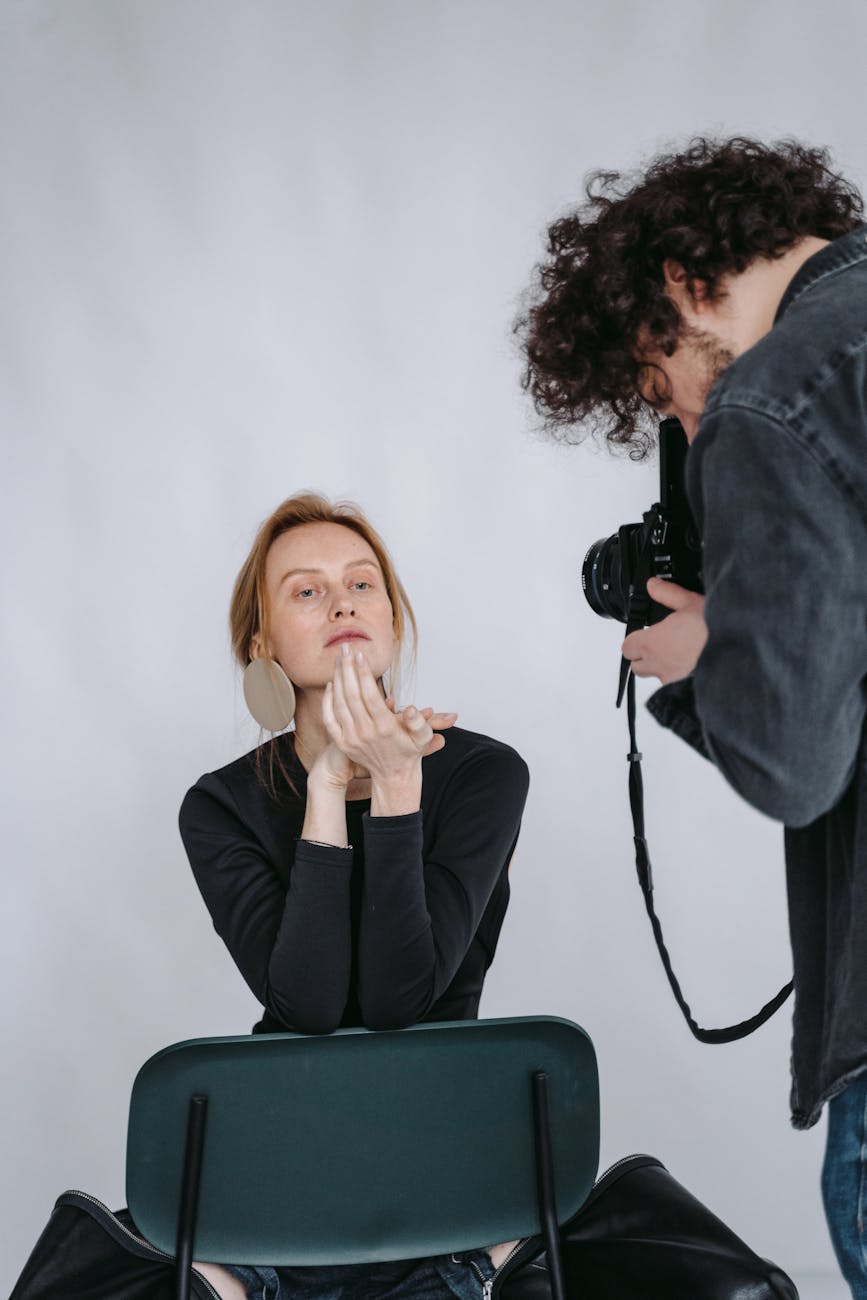
Buying a Second-Hand Copy
When exploring the second-hand market, the Vivitar 70-150mm remains one of the best beginner-friendly vintage zooms to consider. However, age-related issues should be carefully checked before committing.
Checklist before buying
- Check for haze, fungus, or separation
- Test zoom/focus ring for smooth action
- Verify aperture blades move freely
- Inspect mount threads and general condition
I once stumbled upon a weathered Vivitar telephoto at a flea market. Hidden under dust, it turned out to be optically pristine — proof that great finds still surface in the most unexpected places.
Typically, condition and mount type influence cost, but the 70-150mm remains remarkably affordable compared to both vintage primes and modern zooms.
Conclusion: A Timeless Creative Tool
The Vivitar 70-150mm f/3.8 M42 exemplifies why vintage lenses remain relevant. Its approachable price and creative rendering make it an ideal choice for photographers and filmmakers working on tighter budgets. For those who value history, character, and adaptability over perfect sharpness, this lens offers a distinctly timeless quality.
By combining classic optical charm with modern adaptability, the Vivitar 70-150mm proves that vintage tools are not merely relics but genuine creative essentials.
Shop second-hand Vivitar lenses in our store

FAQs
Is the Vivitar 70-150mm compatible with digital cameras?
Yes. With an inexpensive M42 adapter, this lens works beautifully on Sony E, Canon RF, Nikon Z, Fuji X, and Micro Four Thirds mirrorless systems, as well as some DSLRs.
What makes the Vivitar 70-150mm unique compared to modern zooms?
Unlike sharp, clinical modern glass, this lens conveys a nostalgic aesthetic. Its manual mechanics and unique rendering are valued by creatives seeking character rather than perfection.
How much should I pay for a Vivitar 70-150mm f/3.8 in good condition?
While prices vary by condition, most M42 copies fall into the affordable range suitable for beginners and collectors alike.
What should I check when buying this lens second-hand?
Look for clean glass, smooth focus and zoom mechanics, responsive aperture blades, and a secure mount. For more details, see our manual focus lens care guide.




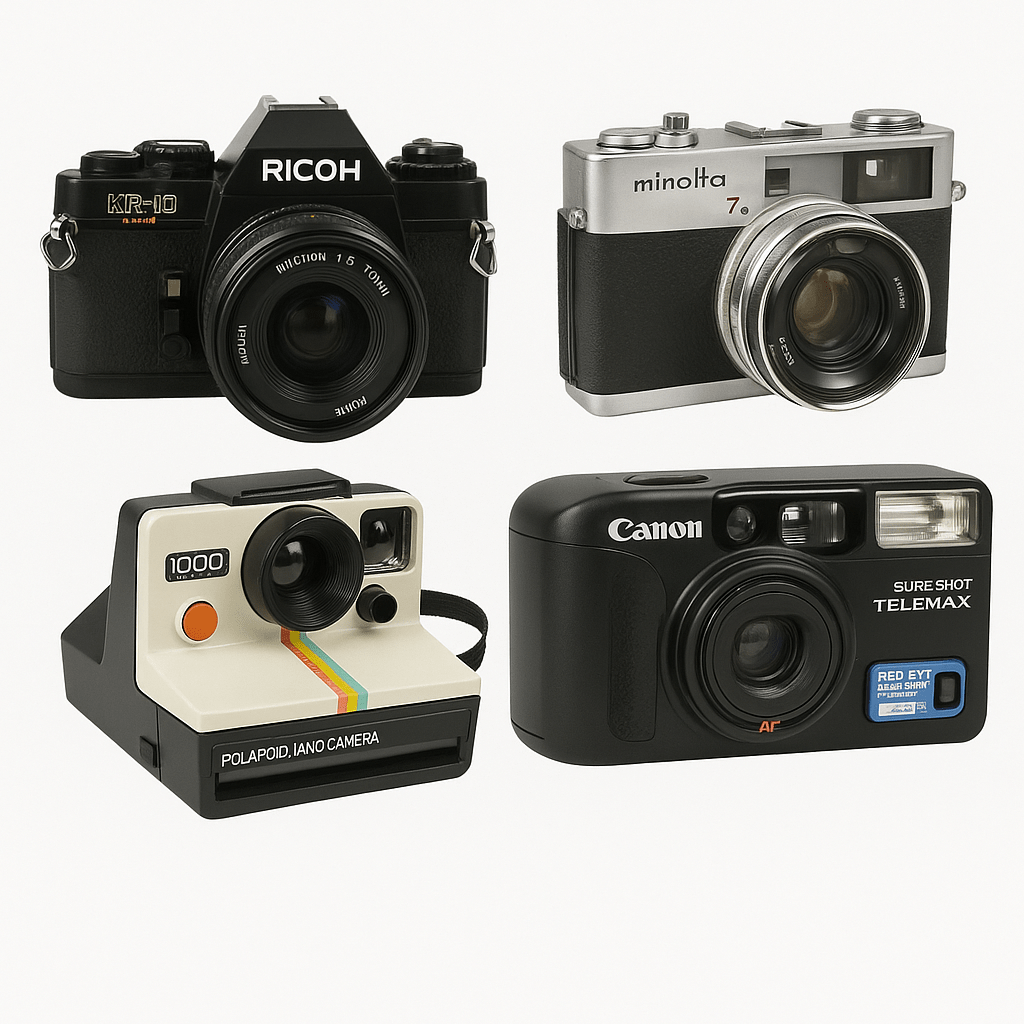
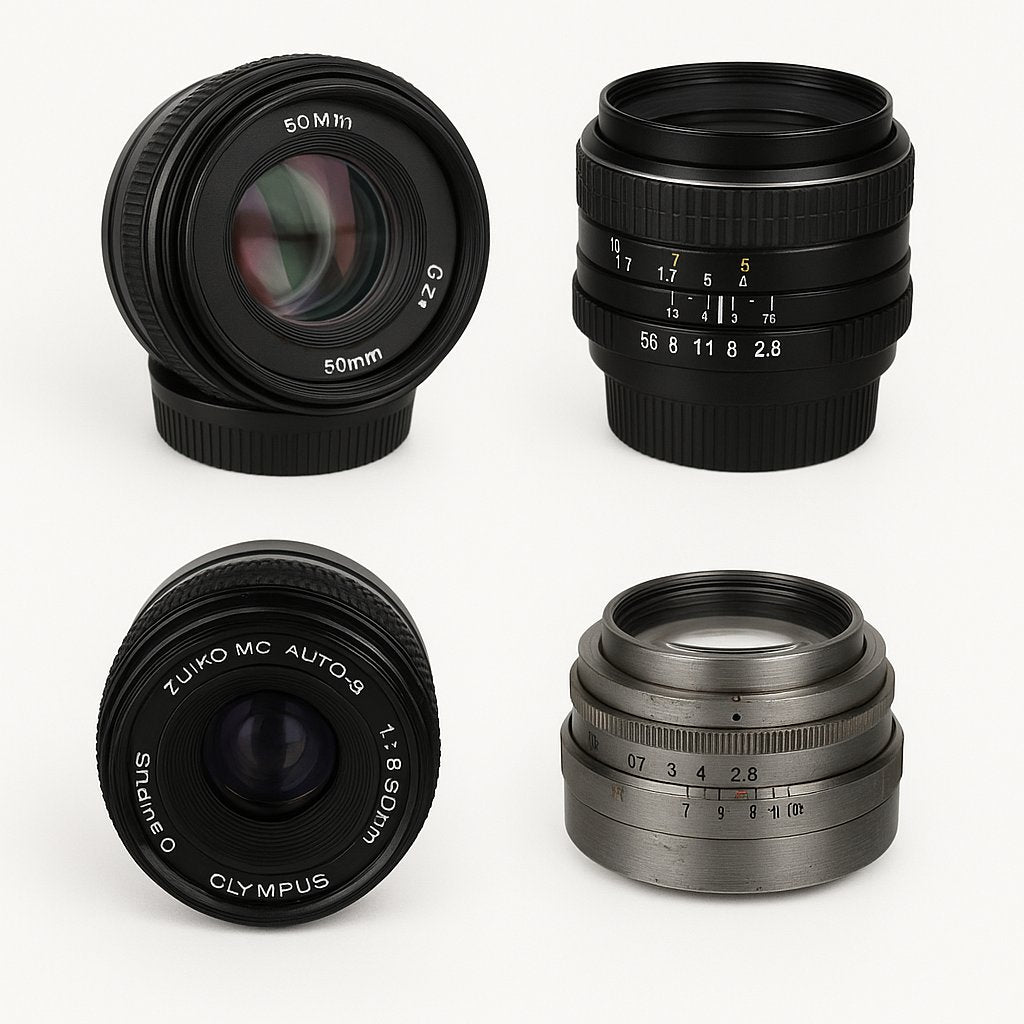
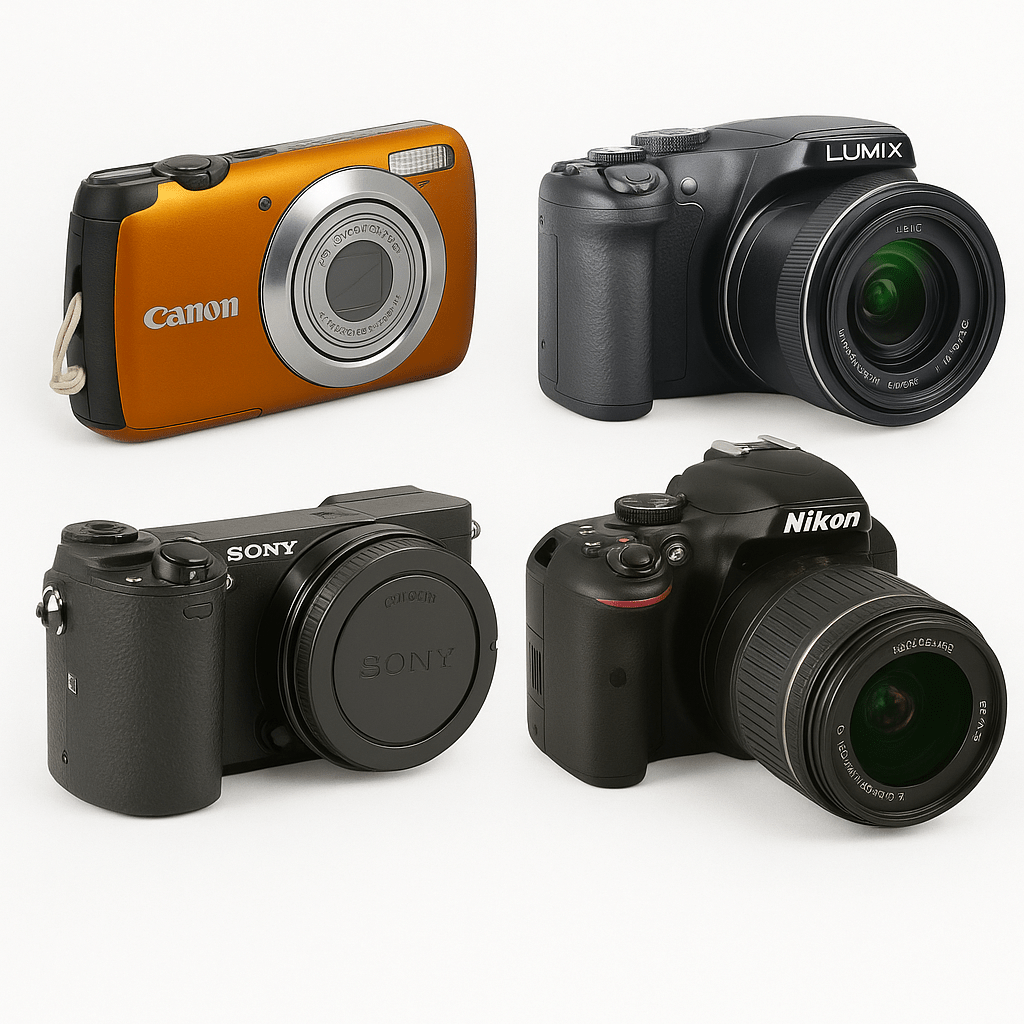
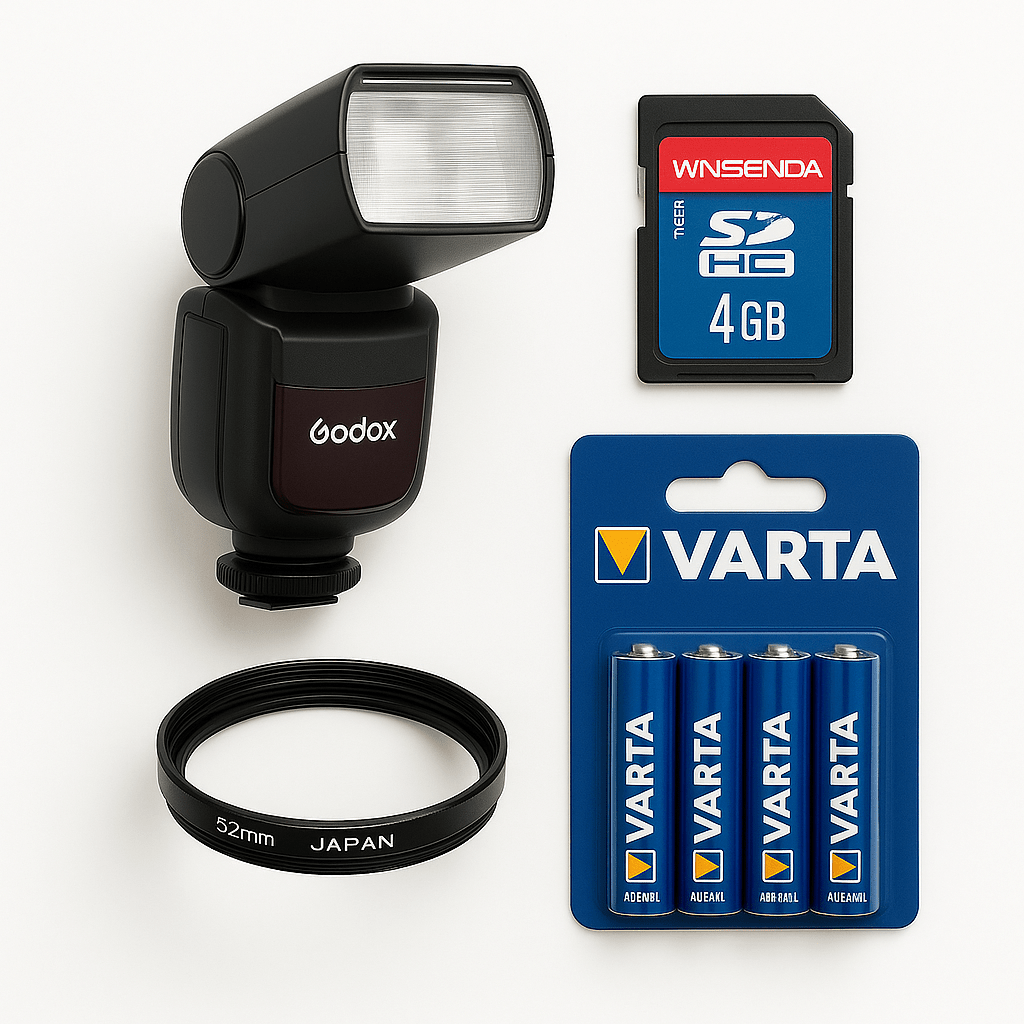
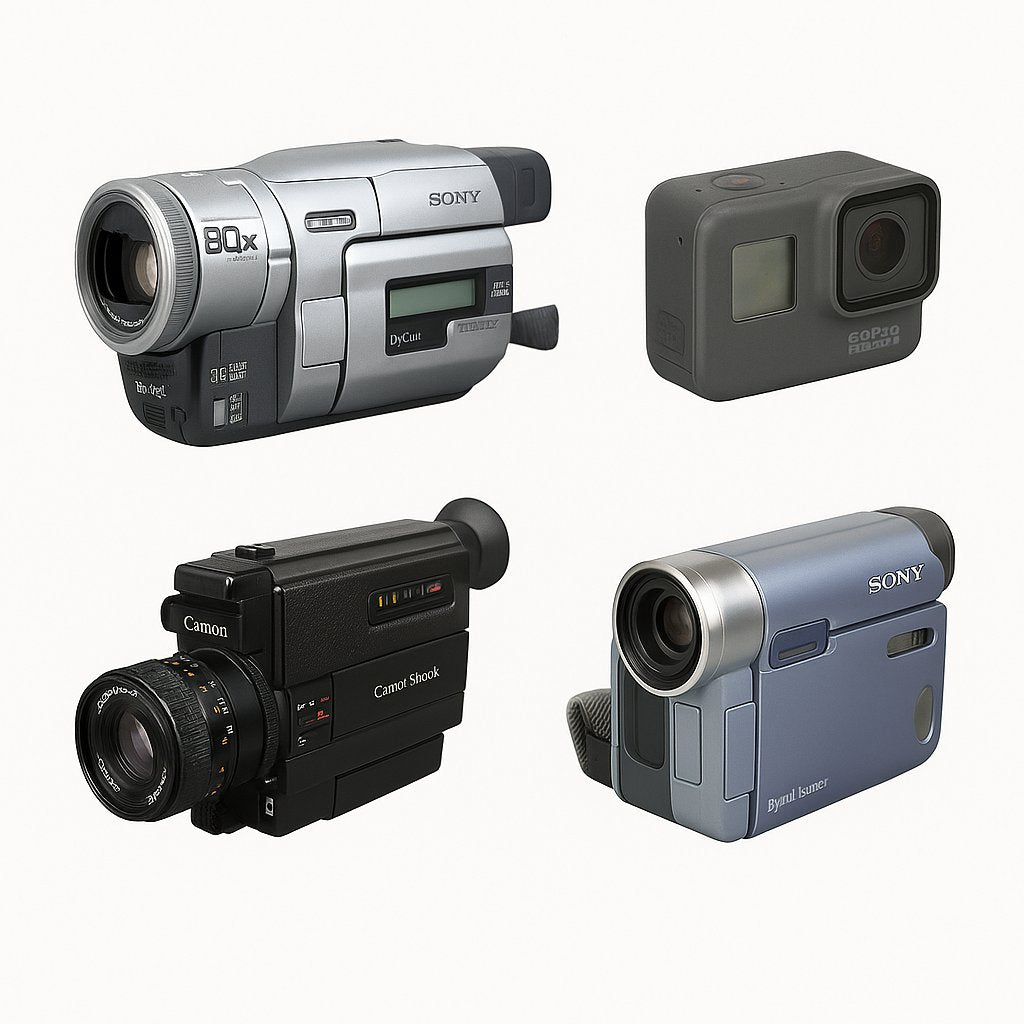
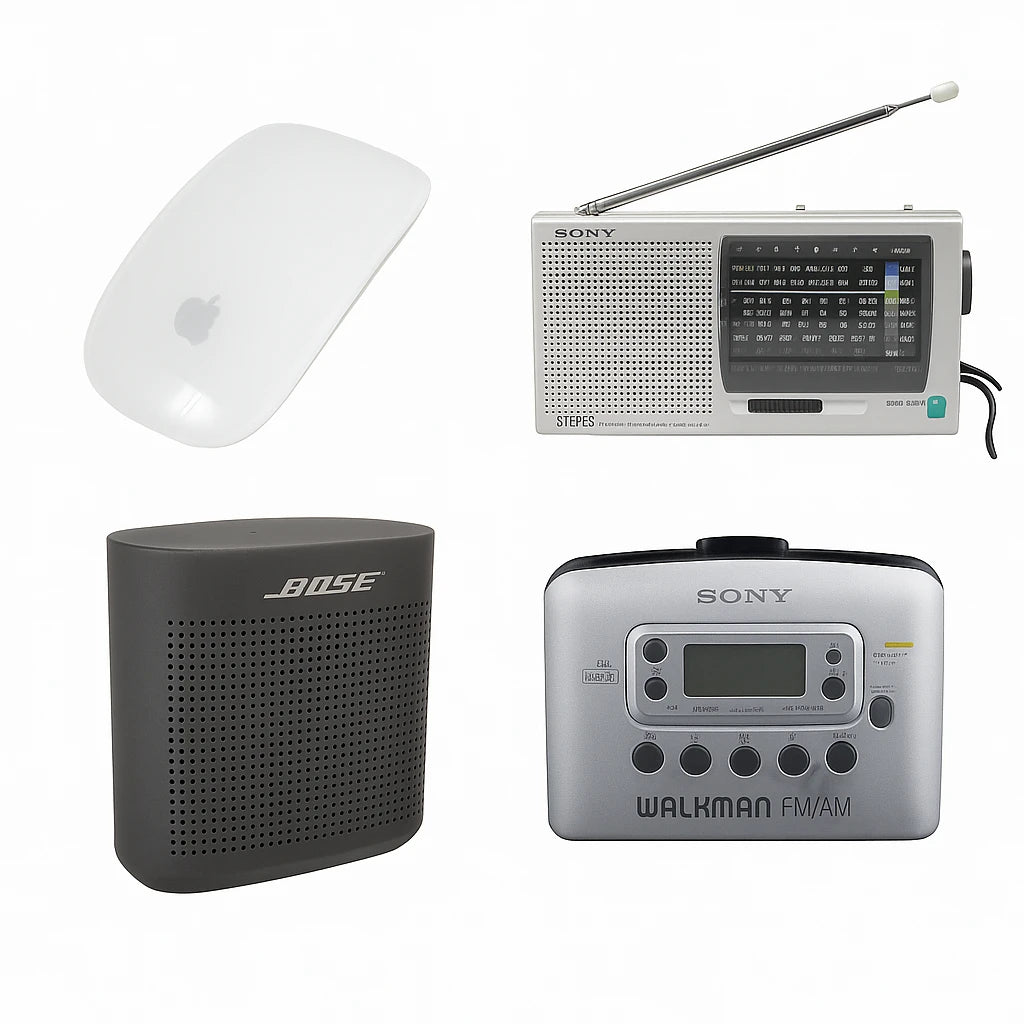
0 comments